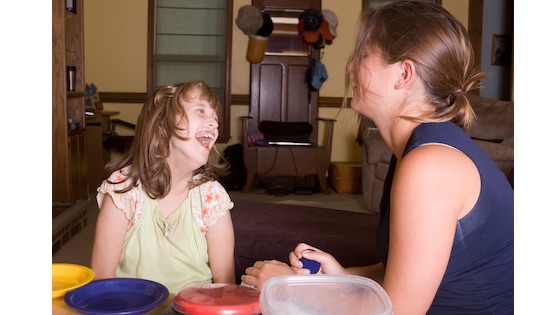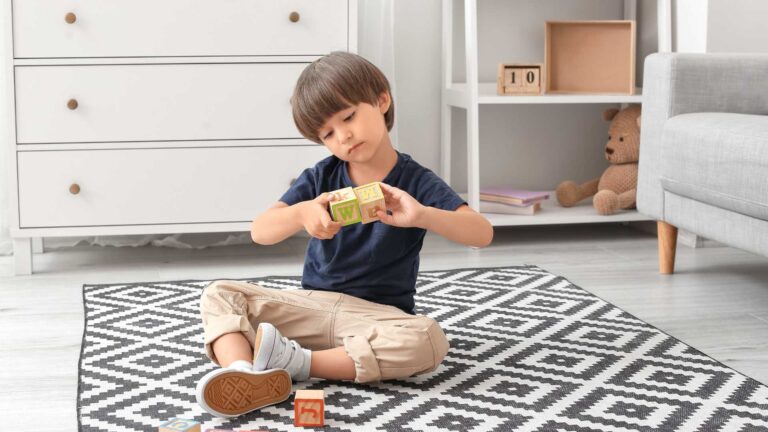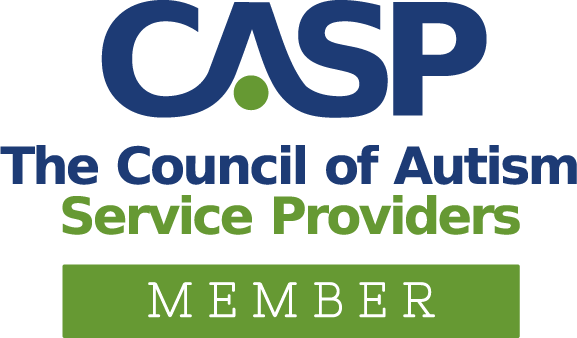What are the 7 dimensions of Applied Behavior Analysis (ABA)? Think of these as the core principles that make ABA so effective. Before we delve into the dimensions, let’s focus on how therapy works and how a child with autism or even autistic adults can benefit from the only evidence-based autism treatment.
What Is Applied Behavior Analysis (ABA)?
ABA is a scientifically validated treatment that helps people with autism to improve socially significant behaviors. With the help of professionals like Registered Behavior Technicians (RBTs) and Board Certified Behavior Analysts (BCBAs), they identify why a person behaves a certain way and develop strategies to support independence. The specific strategies used to increase independence are based upon decades of research. BCBAs base treatment plans on a variety of research that’s been published, but at the forefront of all treatment decisions are the 7 dimensions of ABA.
What Are the 7 Dimensions of Applied Behavior Analysis?
In possibly the most important research done in Applied Behavior Analysis, Donald Baer, Montrose Wolf, and Todd Risley published “Some current dimensions of applied behavior analysis.” In this article, they determined 7 specific criteria that must be considered for meaningful applied treatment and research. Let’s explore the 7 dimensions of ABA and see how they are vital to effective behavioral treatment.
1. Generality
Consider your learning history. How did you learn letters, colors, how to take turns, how to brush your teeth? You may have watched it on Sesame Street, or your parents may have taught you during play. It’s most likely that they didn’t teach you every letter or color individually. They may have exposed you to these things, and you generalized them.
Generalizing means that you learned a skill, maintained it over a long period of time, and applied that knowledge across a wide variety of settings and with people. It’s likely that you could recite your ABCs with your first-grade teacher and your third-grade teacher. It’s likely that you learned the letters “S,” “T,” “O,” and “P” and could identify those letters on a Stop sign. You did not require additional training for these skills.
In ABA, many clients struggle to automatically generalize learned skills like the ones described above. Some examples include teaching a skill across multiple people, using different stimuli to teach a skill (for example: using pictures of a golden retriever and a pug to teach about dogs), or teaching skills in different settings (for example: teaching the color red in an individual setting, but then teaching it in the grocery store when you see apples or strawberries).
2. Effective
For a treatment to be effective, it must hold some practical importance to the learner and family and friends. Behavior goals should be designed with relevance to the client in mind. These changes should also reflect the culture of the client’s family and community.
What is effective for one learner may not be effective for another learner. For example, it may not be socially significant to teach an 18-month-old to toilet train. However, it is extremely effective and socially significant to teach an 8-year old to toilet train. The significance that skill has socially for the client is much more impactful at 8 years old than at 18 months old.
3. Technological
Replication is a critical component of behavior analysis. The reason behavior analysis is evidence-based is that it has been replicated across people for several decades. When developing treatment that is “technological,” it means that the procedures for treatment are written in a way that anyone can pick up and implement properly.
4. Applied
For treatment to meet the “applied” dimension of behavior analysis, it must be socially significant. For example, it is unlikely that teaching an adult to crawl on the floor is socially significant. It is more likely that teaching them to walk safely down the street or to look both ways before crossing the street is socially significant.
Targeted treatment goals should be implemented because they are essential to the individual and their family. What is socially significant will depend on the individual and their particular needs. It is imperative to focus on skills that allow the individual to function within their society and given environment. Modifications must make significant, meaningful change that lasts over time.
5. Conceptually Systematic
When a program is conceptually systematic, it means that it is based on the core principles of behavior analysis. For example, treatment should always include reinforcement because reinforcement is a pillar of behavior analysis.
6. Analytic
Clinicians consistently analyze data. What specifically goes into analyzing the data? Clinicians analyze the data to see if there is a relation between the changes made to the environment and the behavior. For example, if a clinician adds a procedure to decrease challenging behavior by reinforcing other appropriate behaviors, they must then analyze the data to see if the challenging behavior decreased. If the behavior showed a decrease over time, then it is likely that the procedure can be attributed to the change in behavior.
7. Behavioral
In ABA, a behavior must be observable and measurable to be modified. If a behavior can be seen, it can be measured. Clinicians study what they can see in an individual’s environment. It’s important to remember that the term “behavior” doesn’t just mean “bad” behavior. Behavior is everything that we do.
Why Are These 7 Dimensions of Applied Behavior Analysis So Important?
These dimensions are crucial for preserving the integrity of a treatment plan. Understanding these dimensions within your son or daughter’s goals will ensure more meaningful changes and a more significant impact on their lives.
When selecting a treatment program, ask your team how they will apply each of these dimensions into treatment. Ask how you can support integrating these dimensions into everyday life.
How Can ABA Centers of America Help?
ABA Centers of America can work with your family on a program designed to meet your specific goals. Our goal at ABA Centers of America is to provide you and your loved one with the best ABA therapy and autism diagnosis services available. We offer in-clinic and home-based options that are tailored specifically for your child.
Contact us today to get a free consultation.







